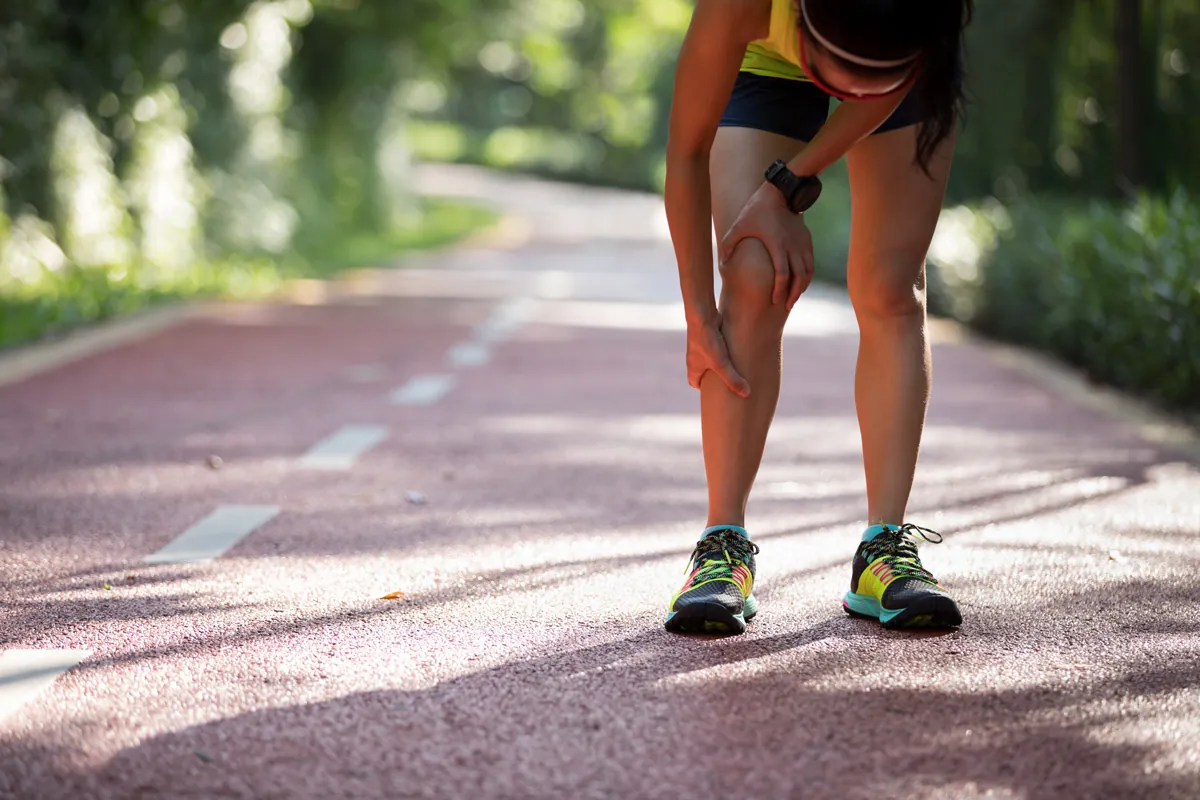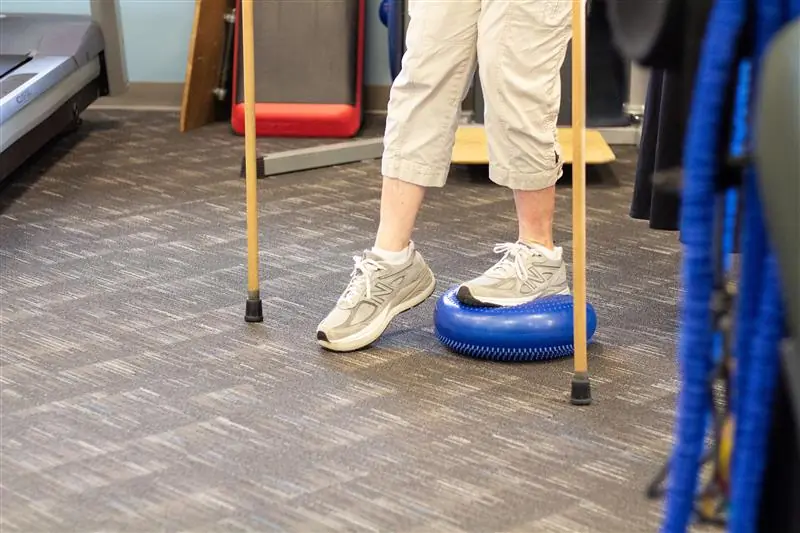One of the most common injuries reported in long-distance runners and hikers is shin splints. There are two main types of shin splints – one which is present in the inner part of the leg and corresponds with the posterior tibialis muscle, and the other which is present on the outside of the leg and corresponds with the anterior tibialis muscle. However, while the location of shin splints is different the cause of the injury is the same. Understanding the mechanism behind this condition is key to treating it – and preventing it from reoccurring.
Causes of Shin Splints
Shin splints are caused by repetitive stress to the periosteum of the bone, which is a thin layer of tissue to which muscle fibers attach. This repetitive stress causes inflammation and pain felt in the leg on the surface of the bone. This can be treated and potentially avoided by placing less stress on the peritoneum instead of putting pressure on the inner muscle itself. Muscle fibers are designed parallel to each other and they shorten collectively in order to cause movement. However, connective tissue known as ‘fascia’ inside the muscle that surrounds each muscle fiber can oftentimes restrict these muscle fibers from moving alongside each other. As a result, stress is transferred to the junction where the bone and muscle attach – the peritoneum.

Even when stress is very low in intensity, consistent and repetitive stress ultimately leads to inflammation and pain. Various forms of myofascial release are used to decrease stress, such as massage, tool-assisted therapy, and foam rolling. Trigger Point Dry Needling can also be used to penetrate superficial tissue to release deeper muscle fibers and restore movement. This allows the stress to be absorbed in the muscle fibers rather than in the peritoneum.
Our physical therapy experts at ProActive Physical Therapy know how to help improve your chronic pain. If you have questions about chronic pain or muscle discomfort, make an appointment today for a consultation.



